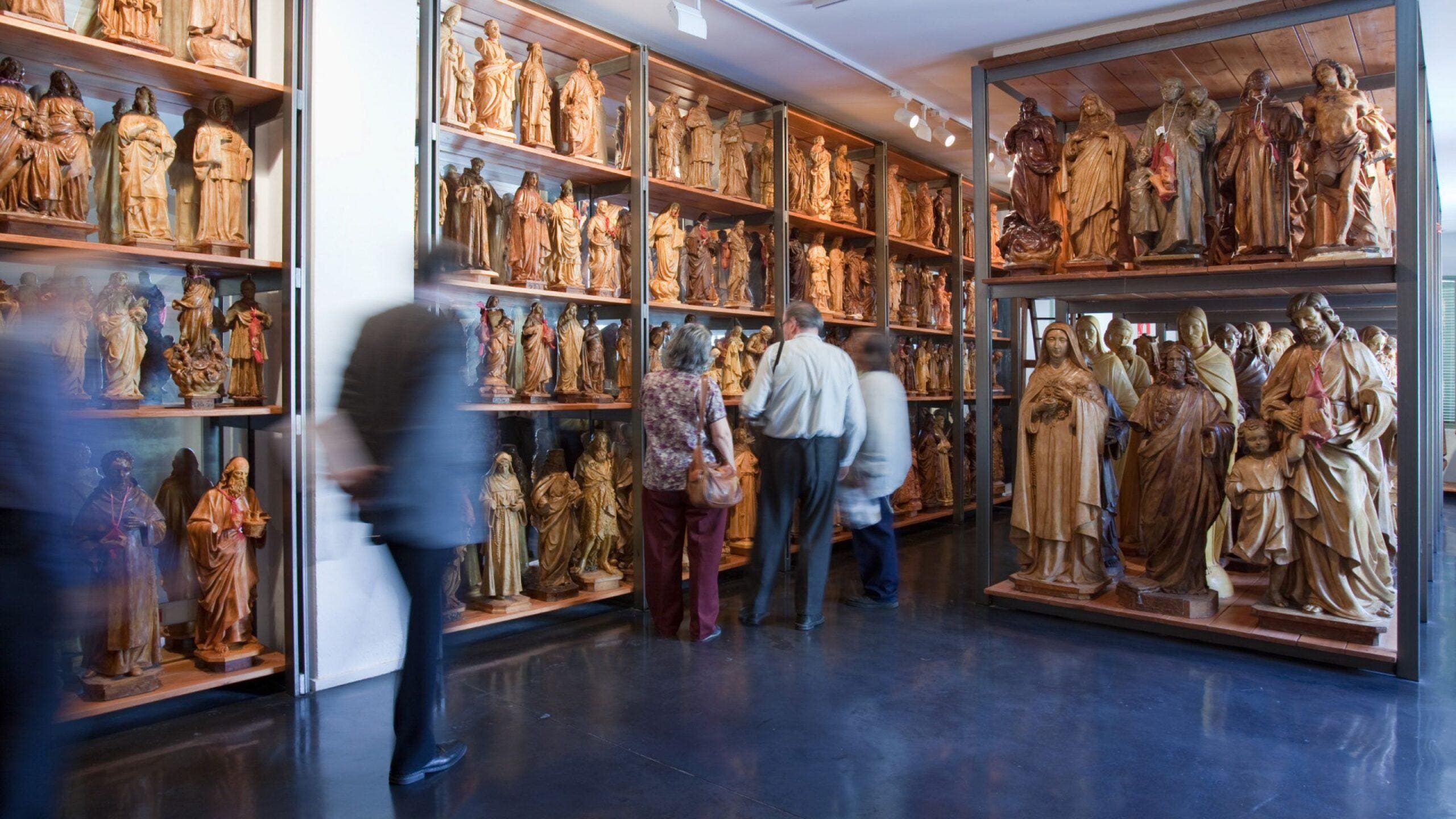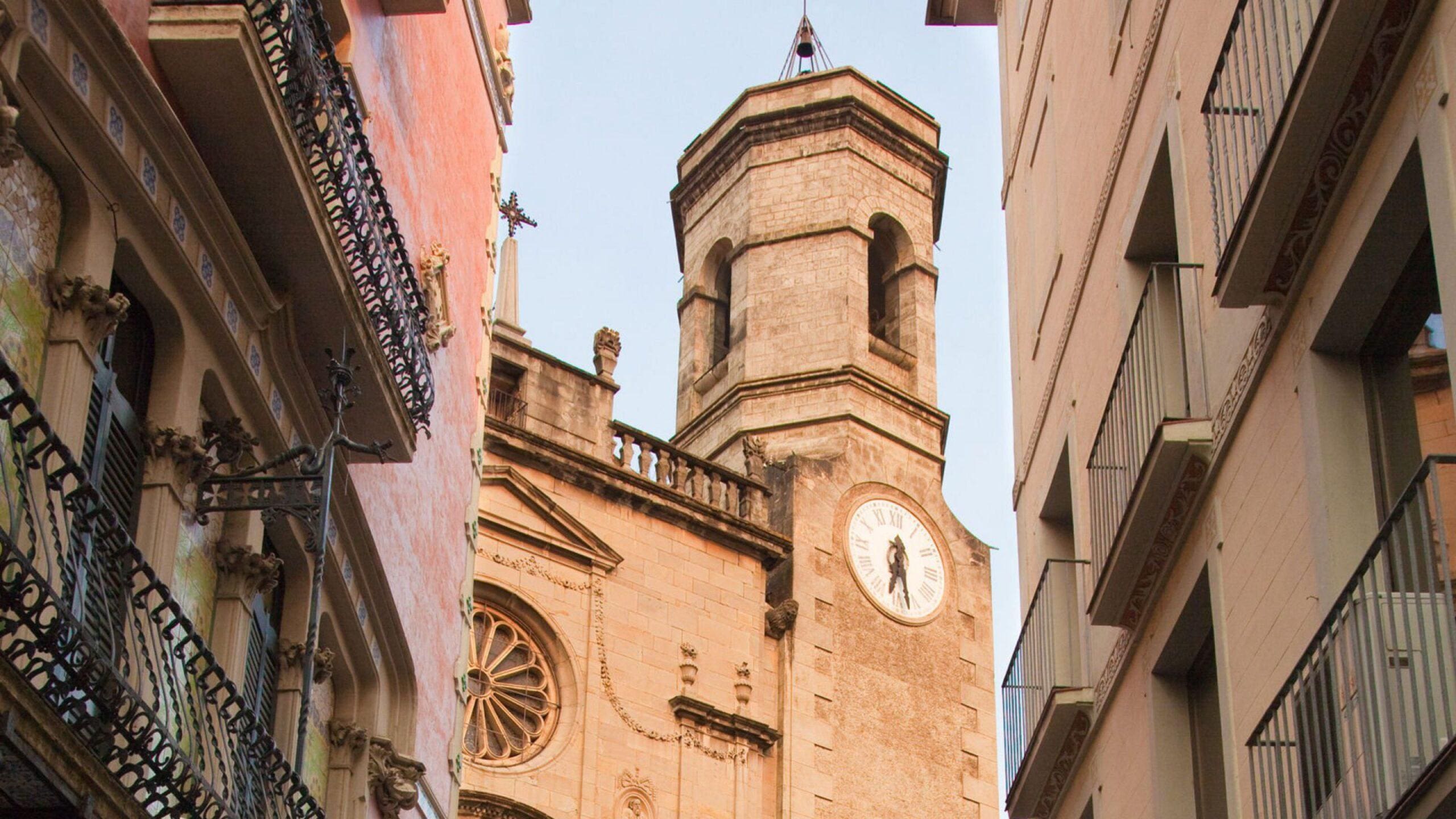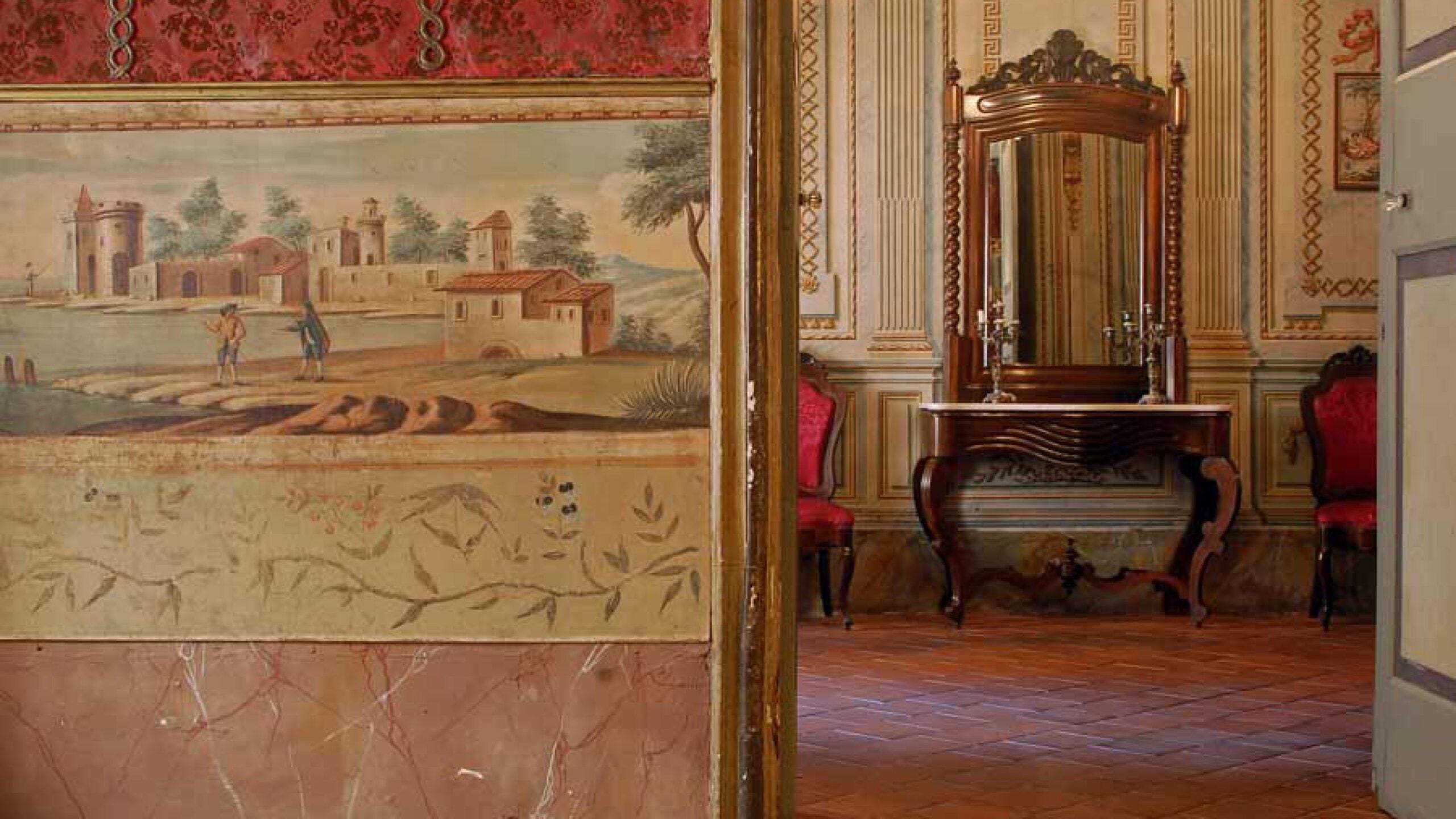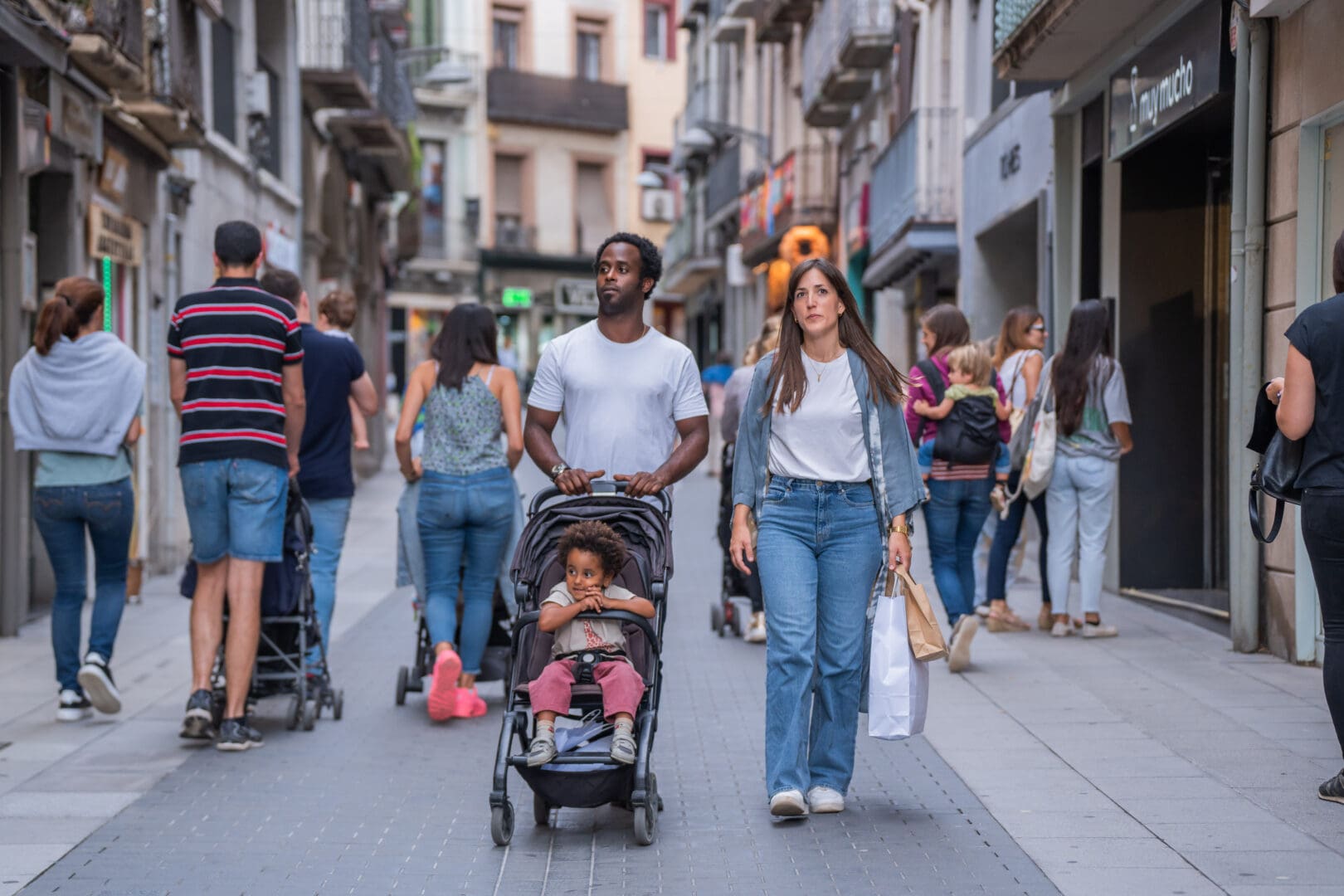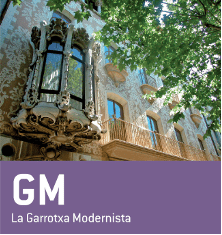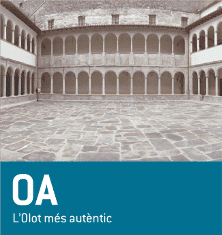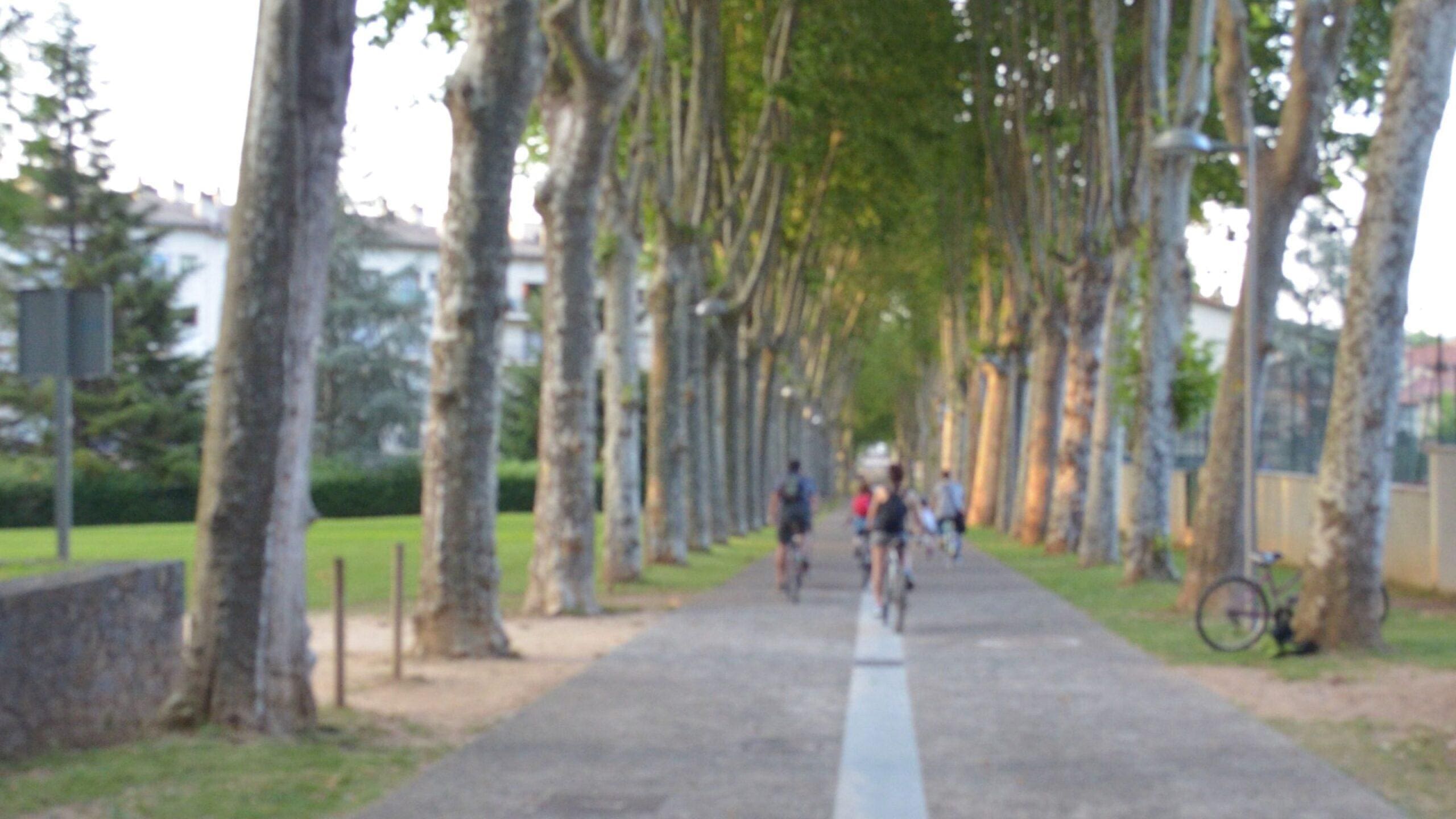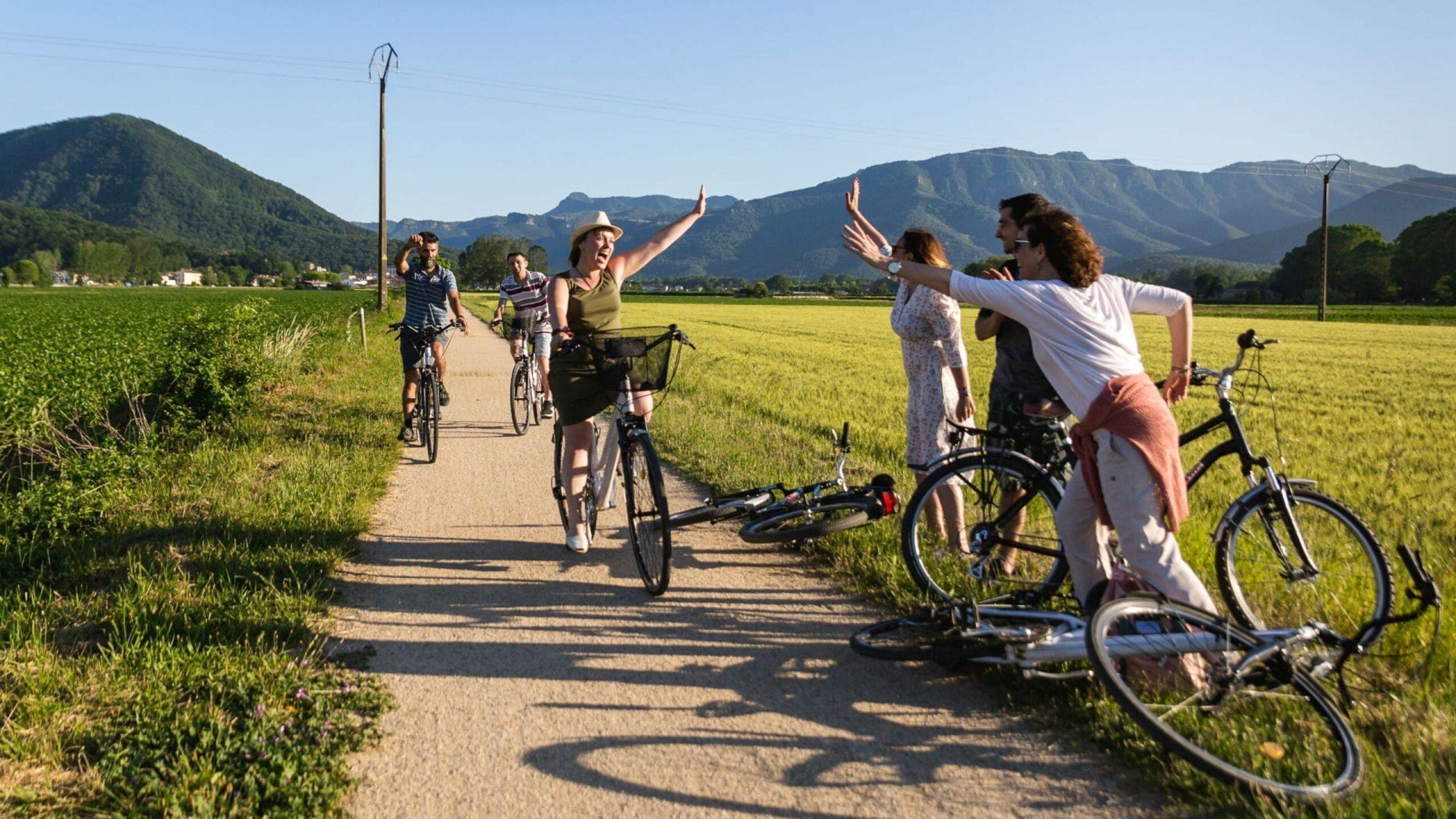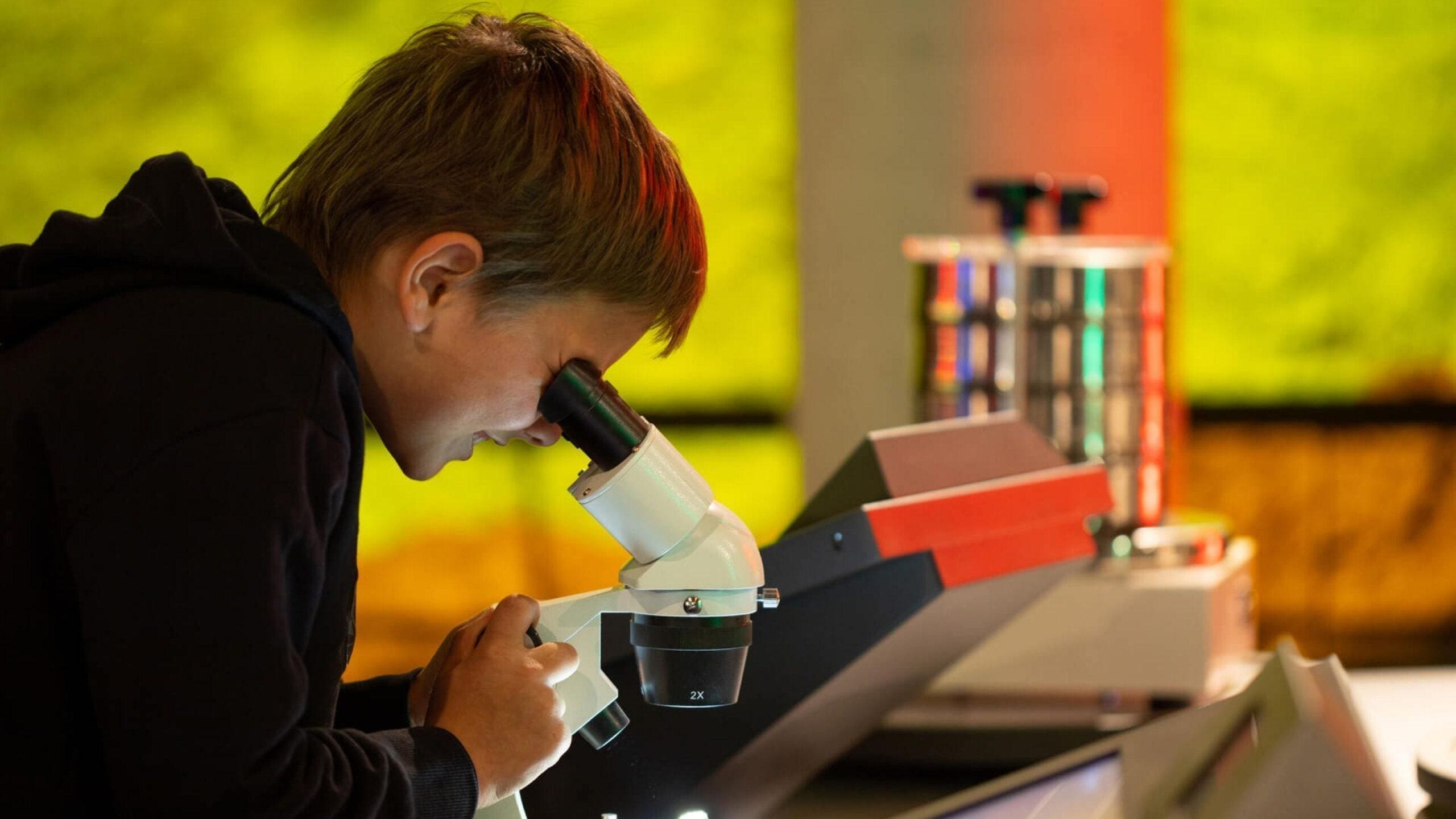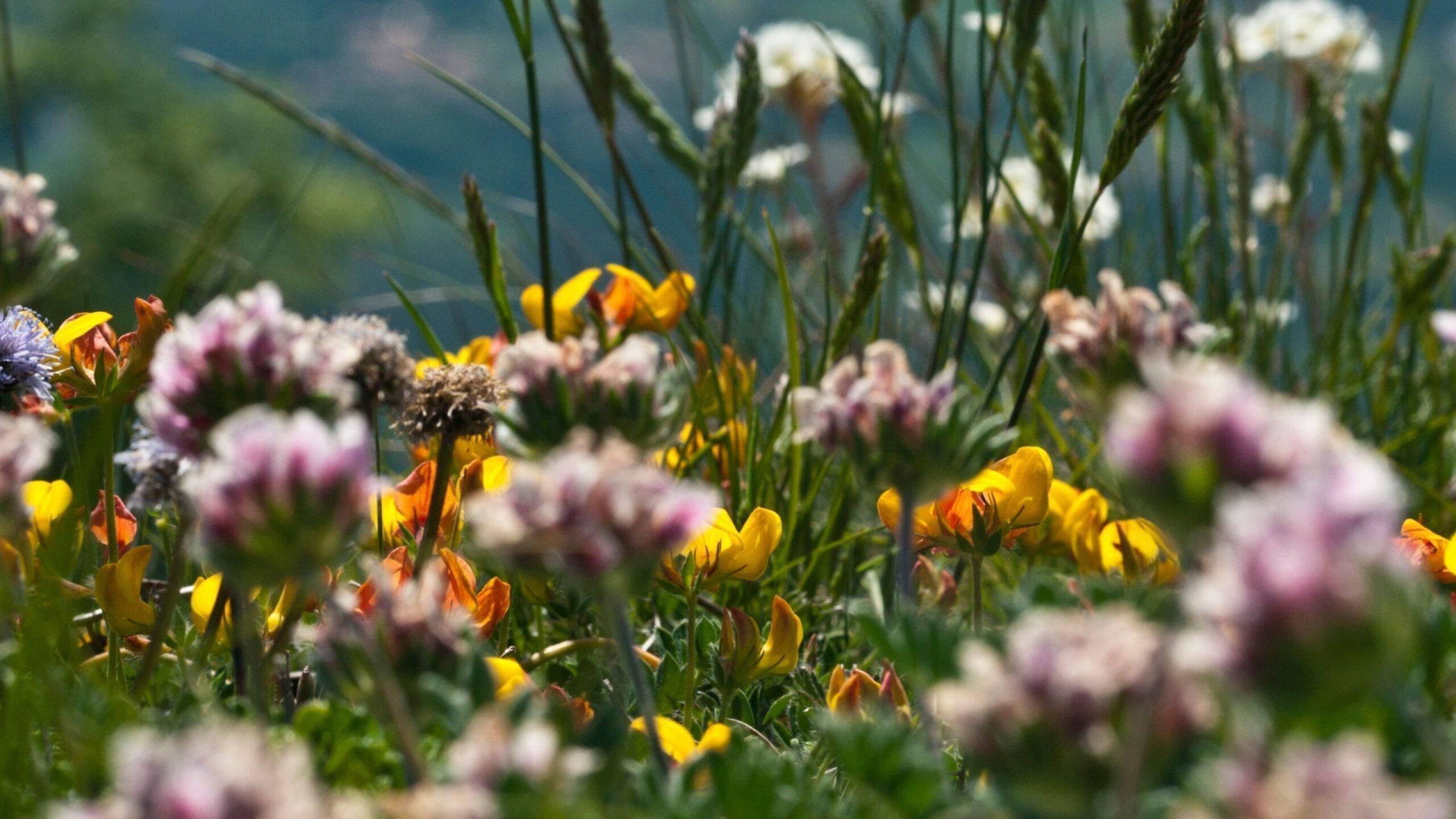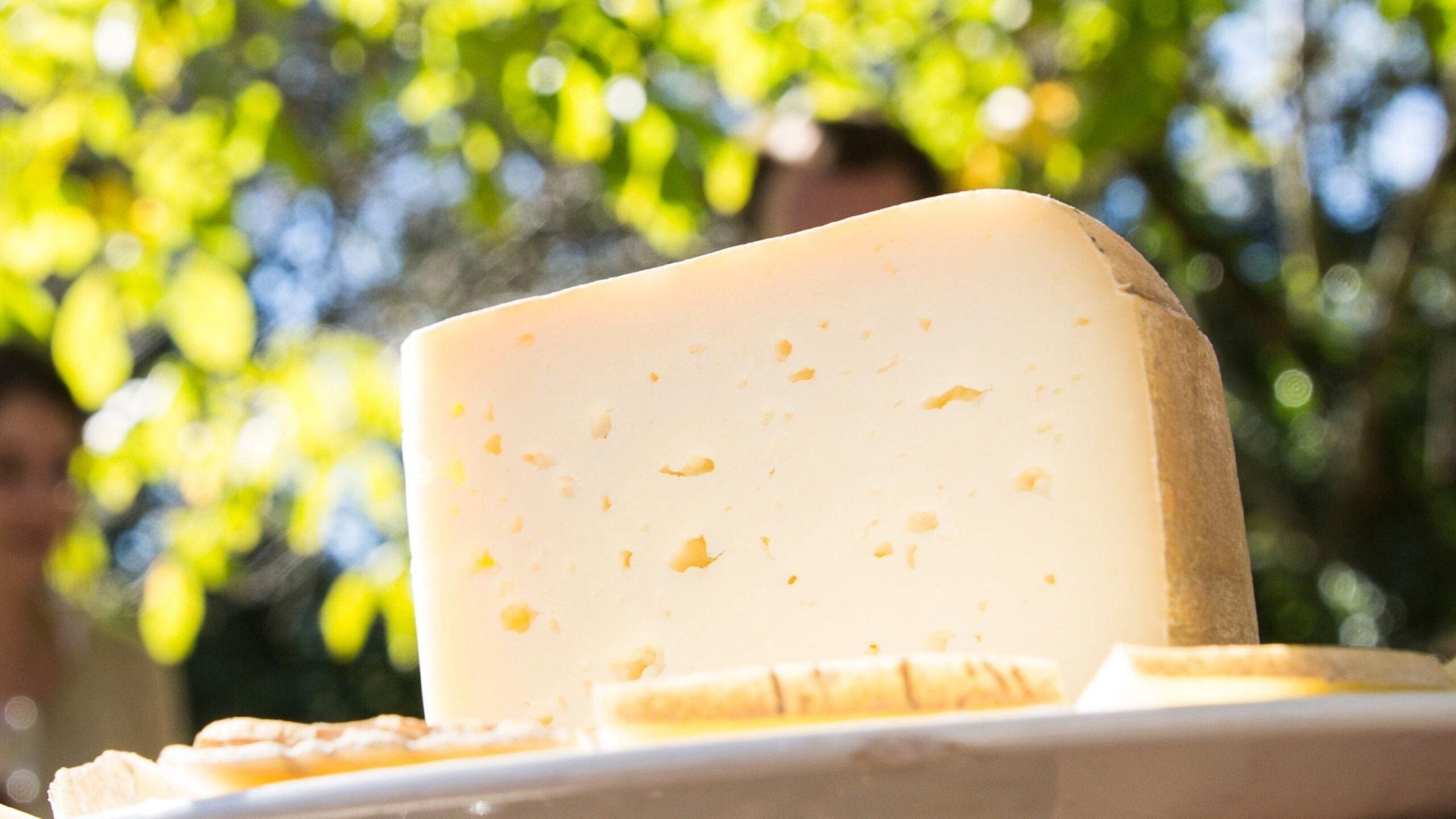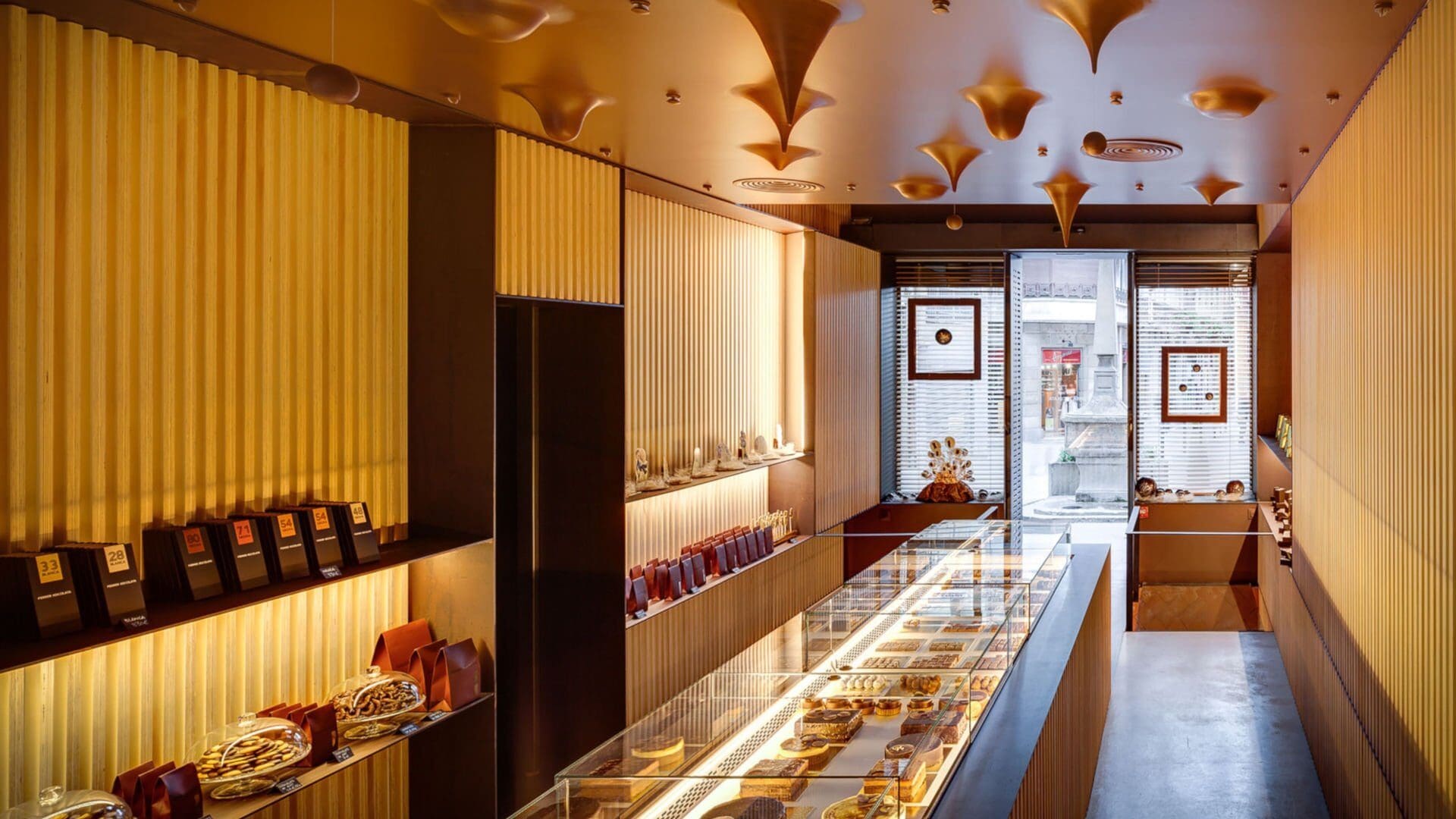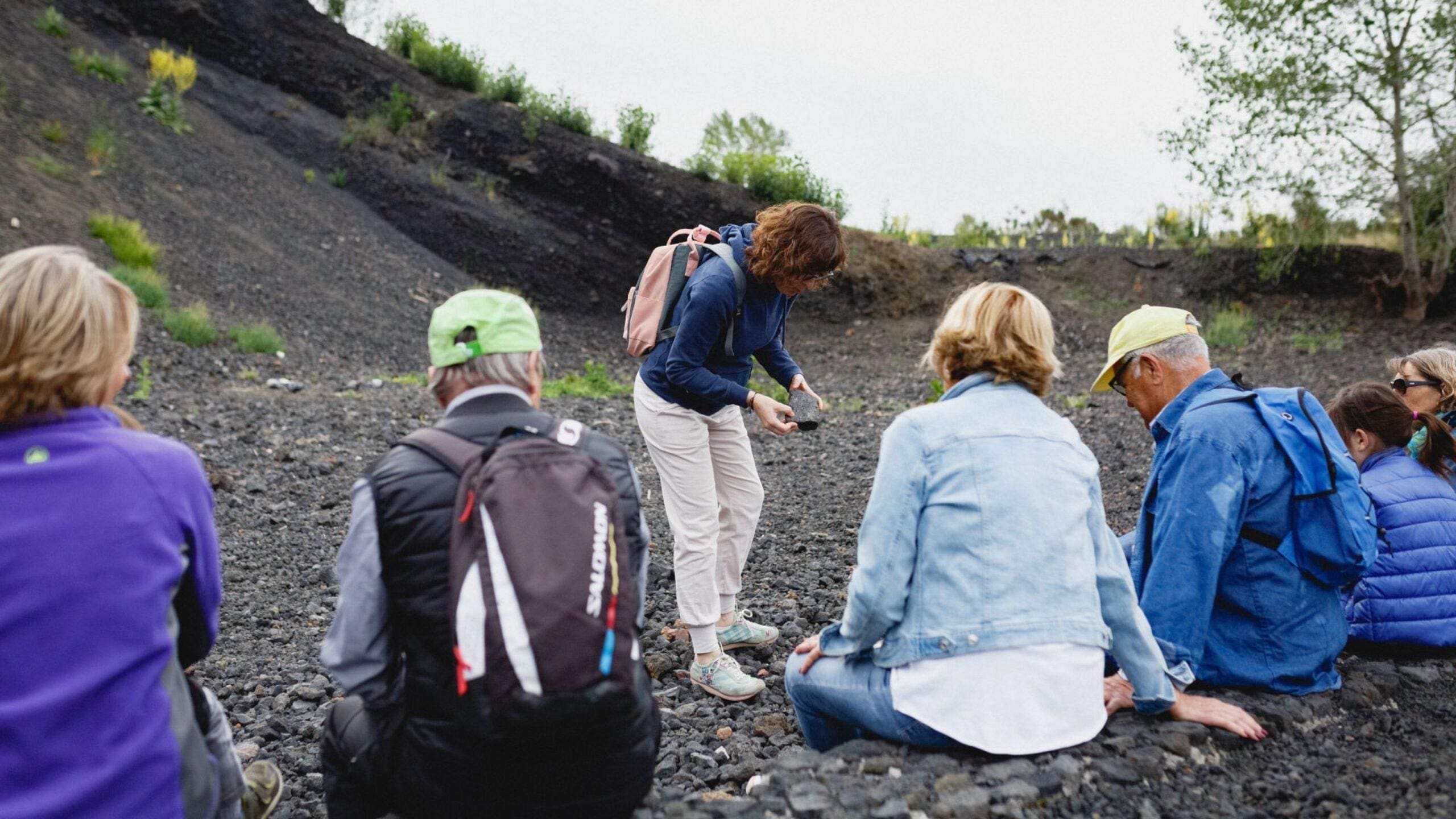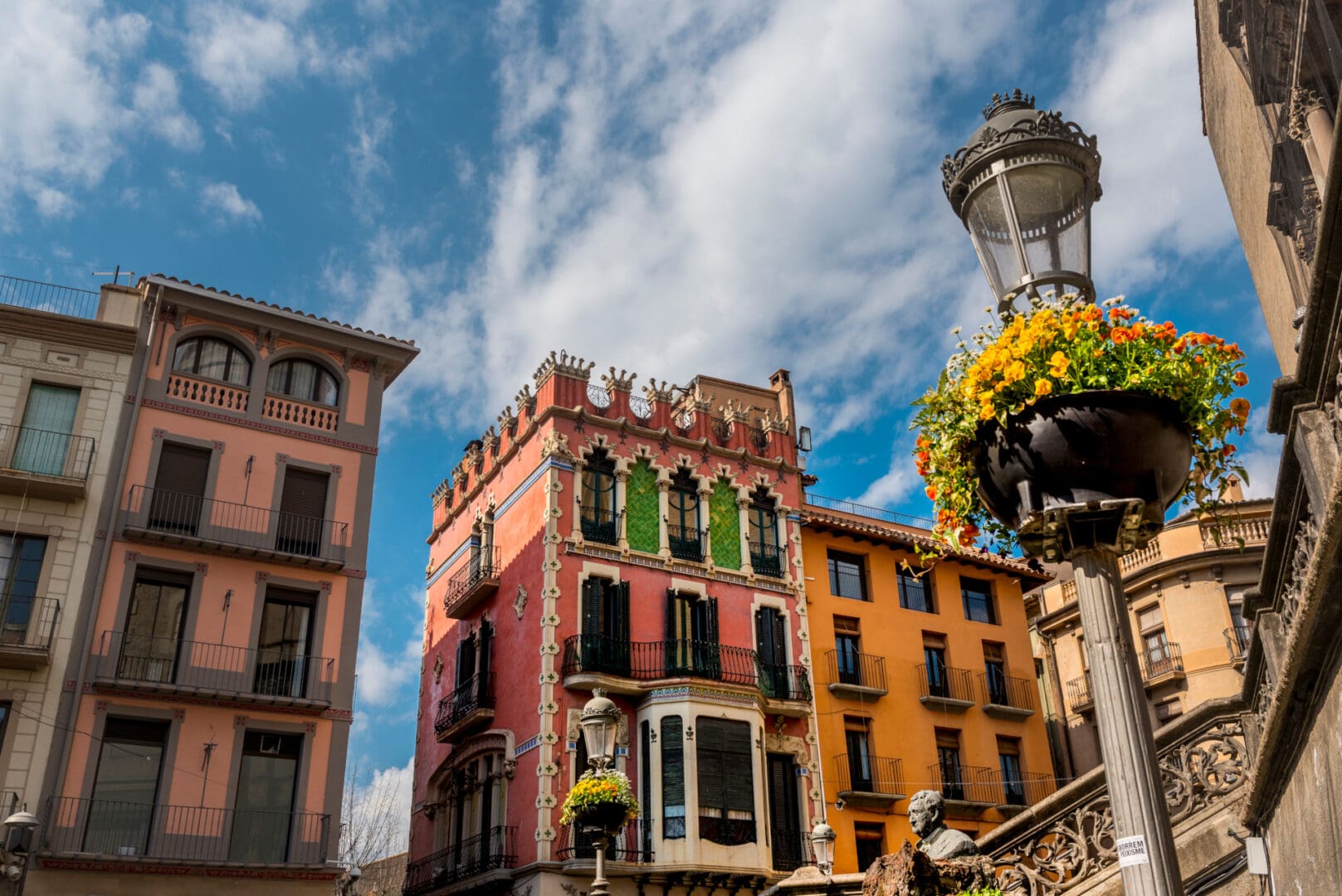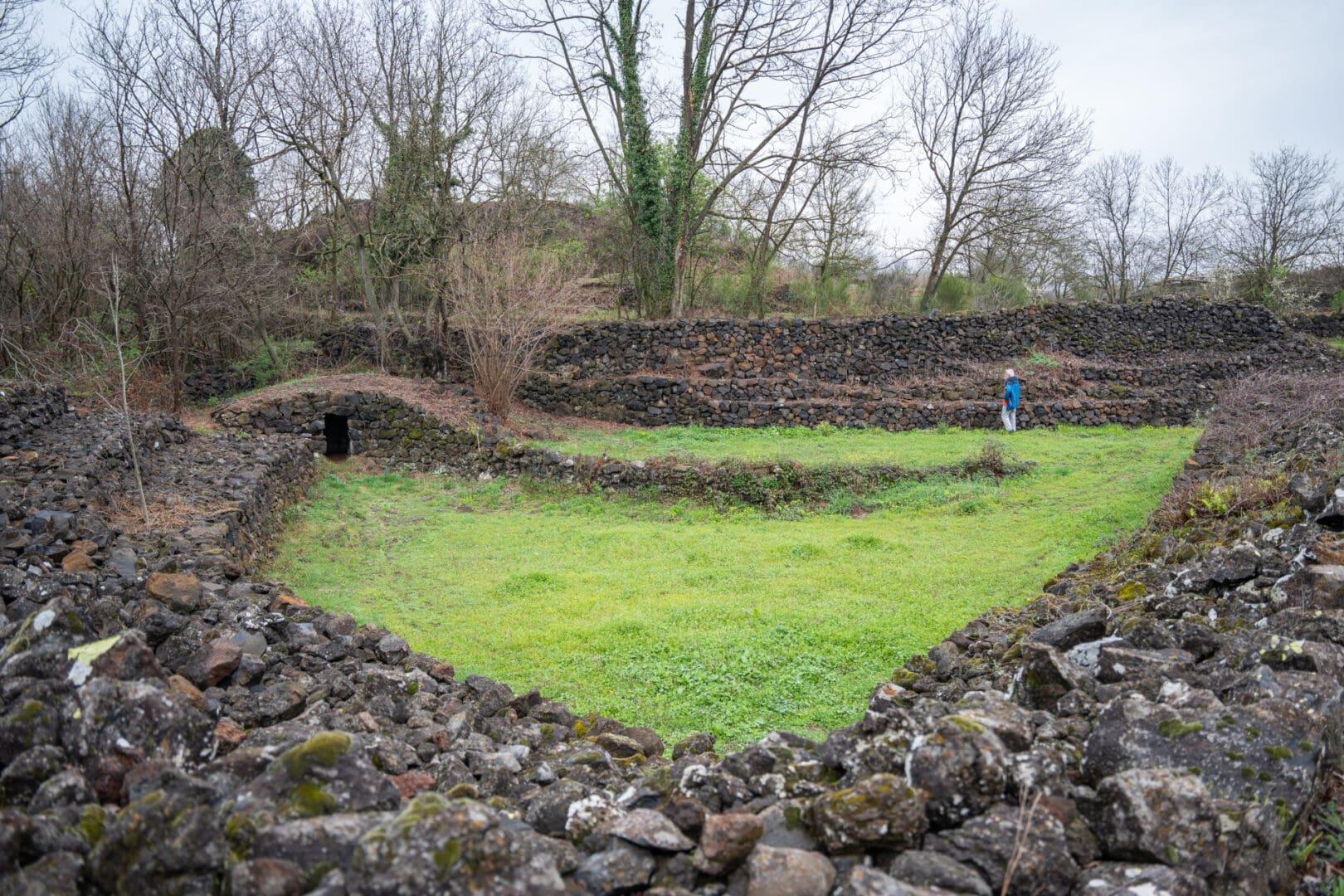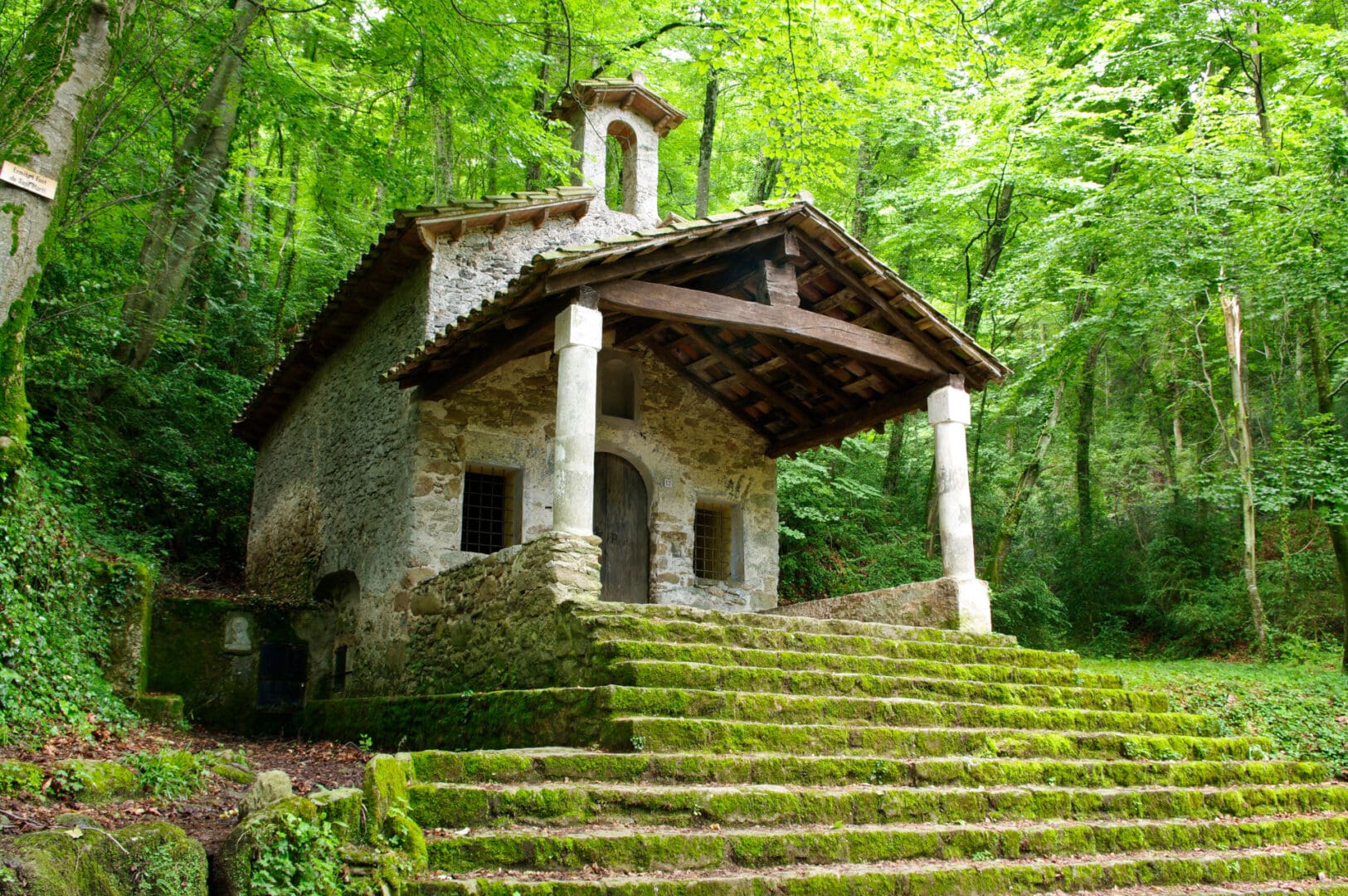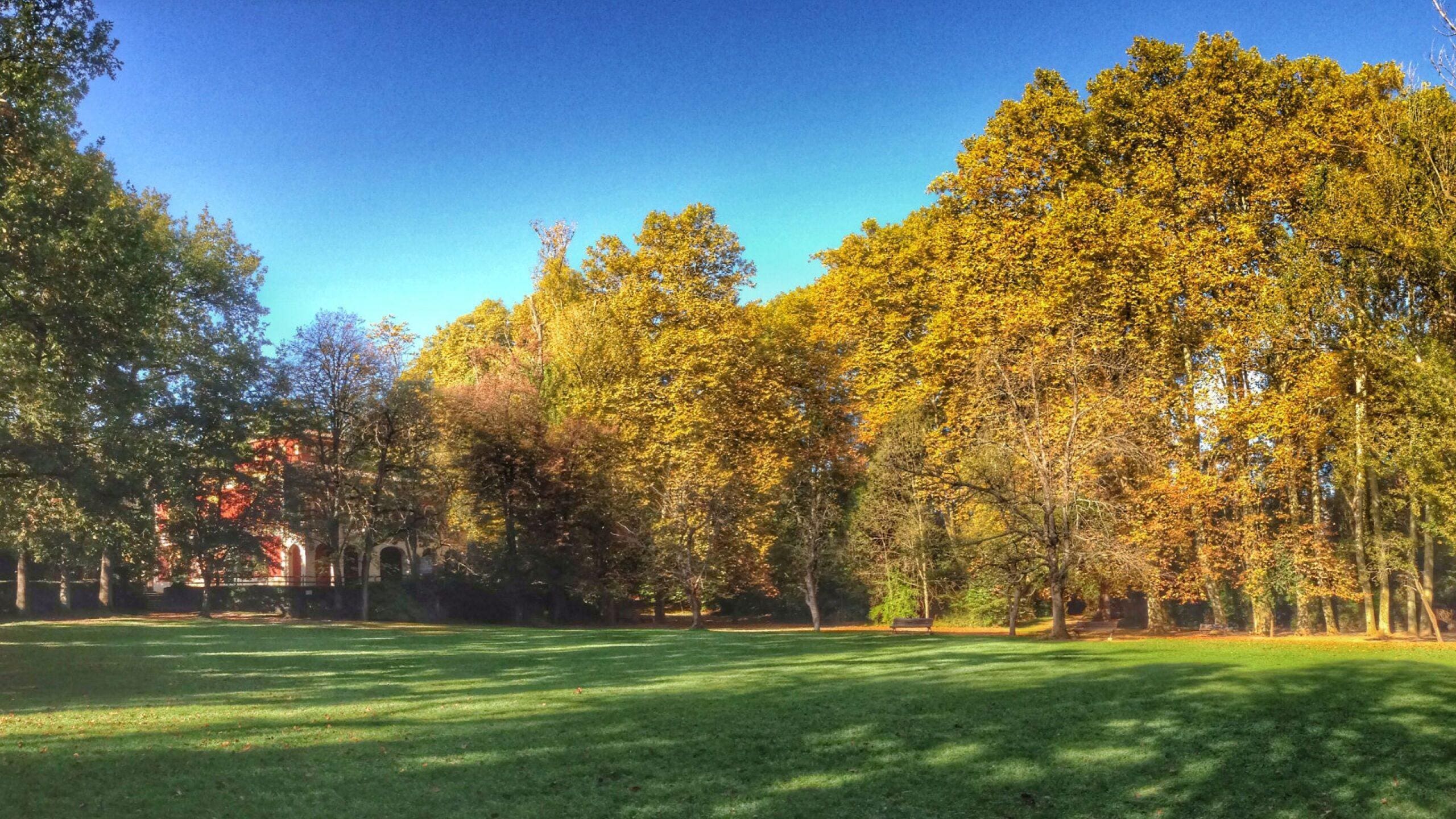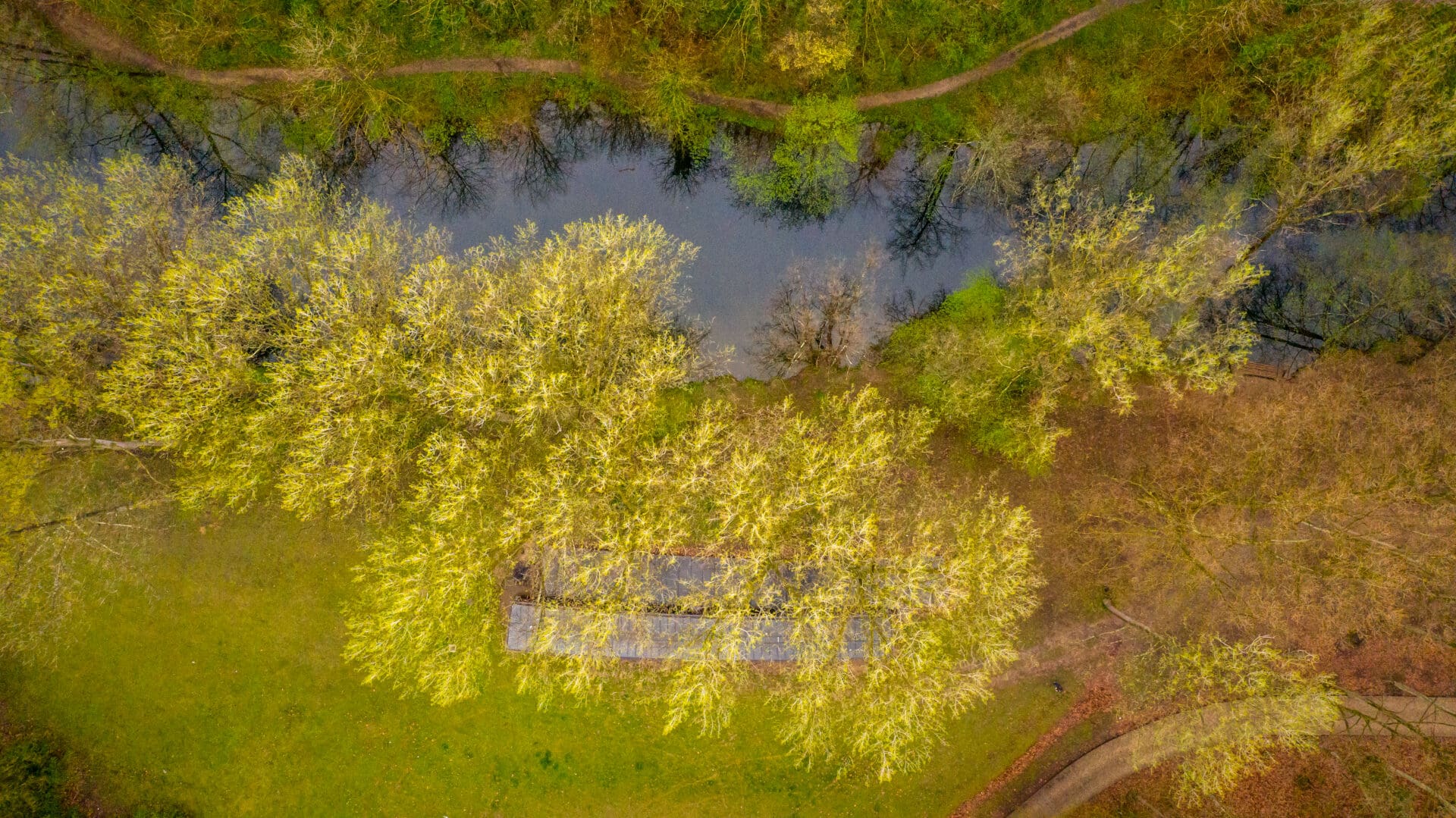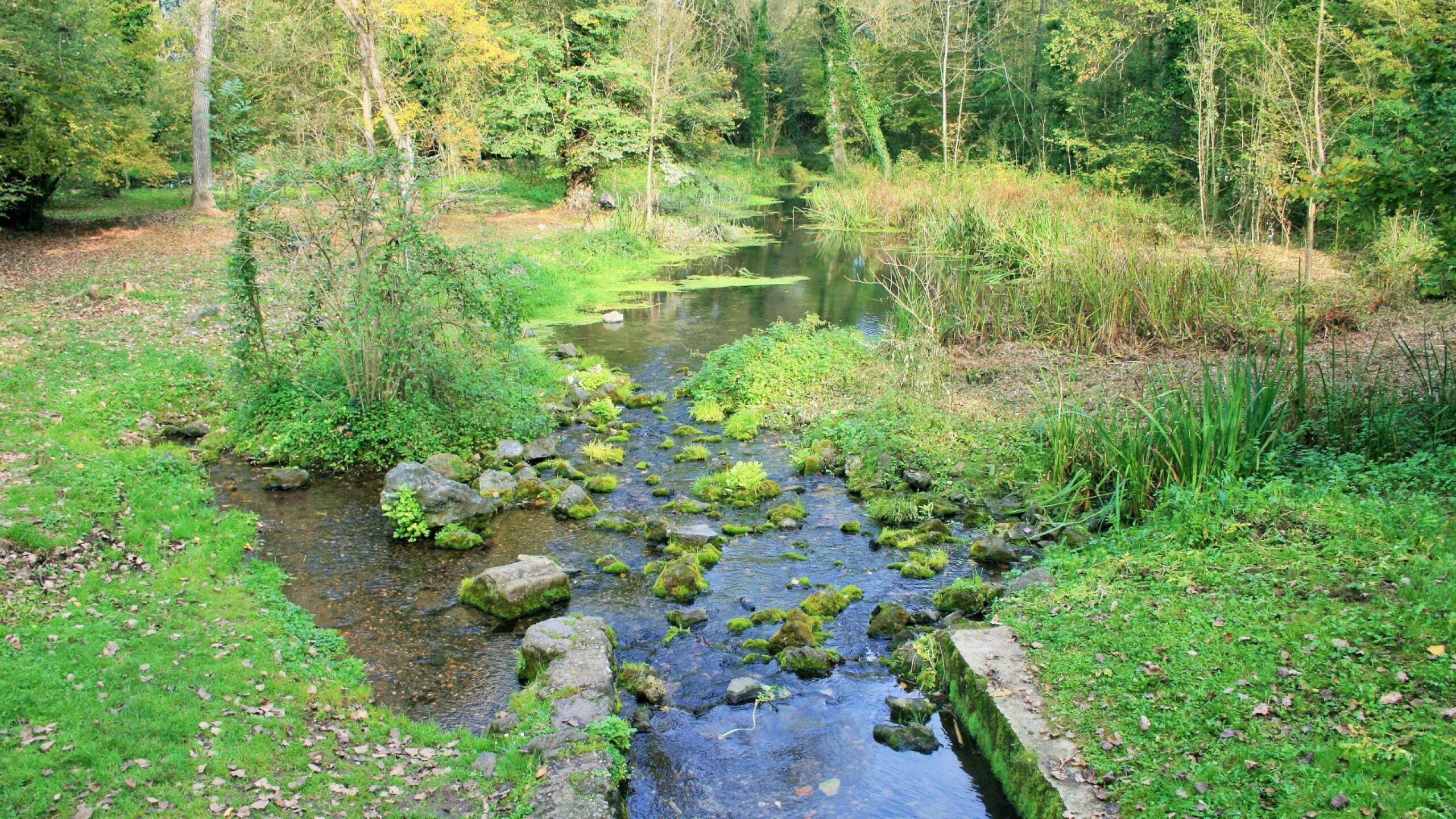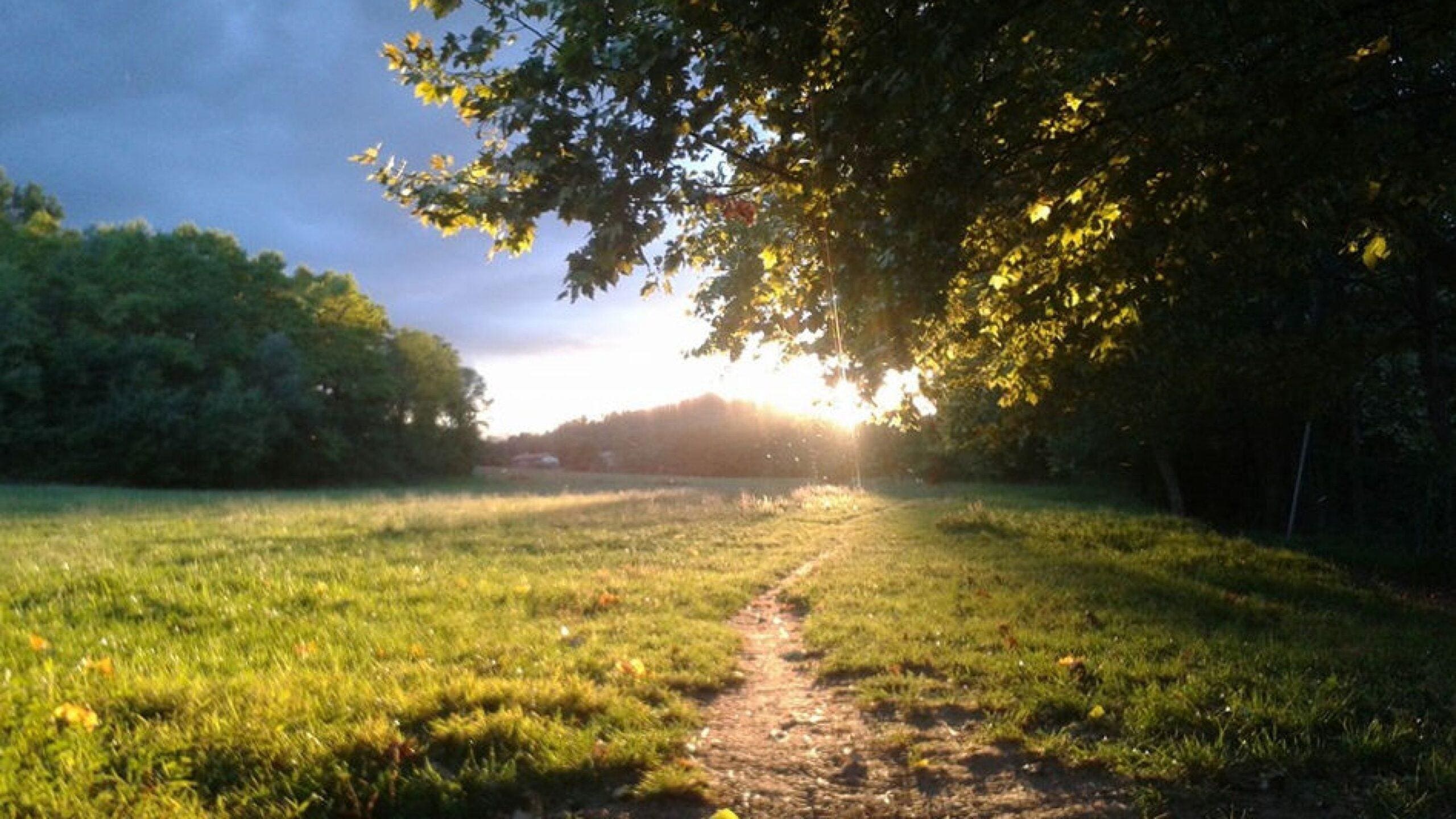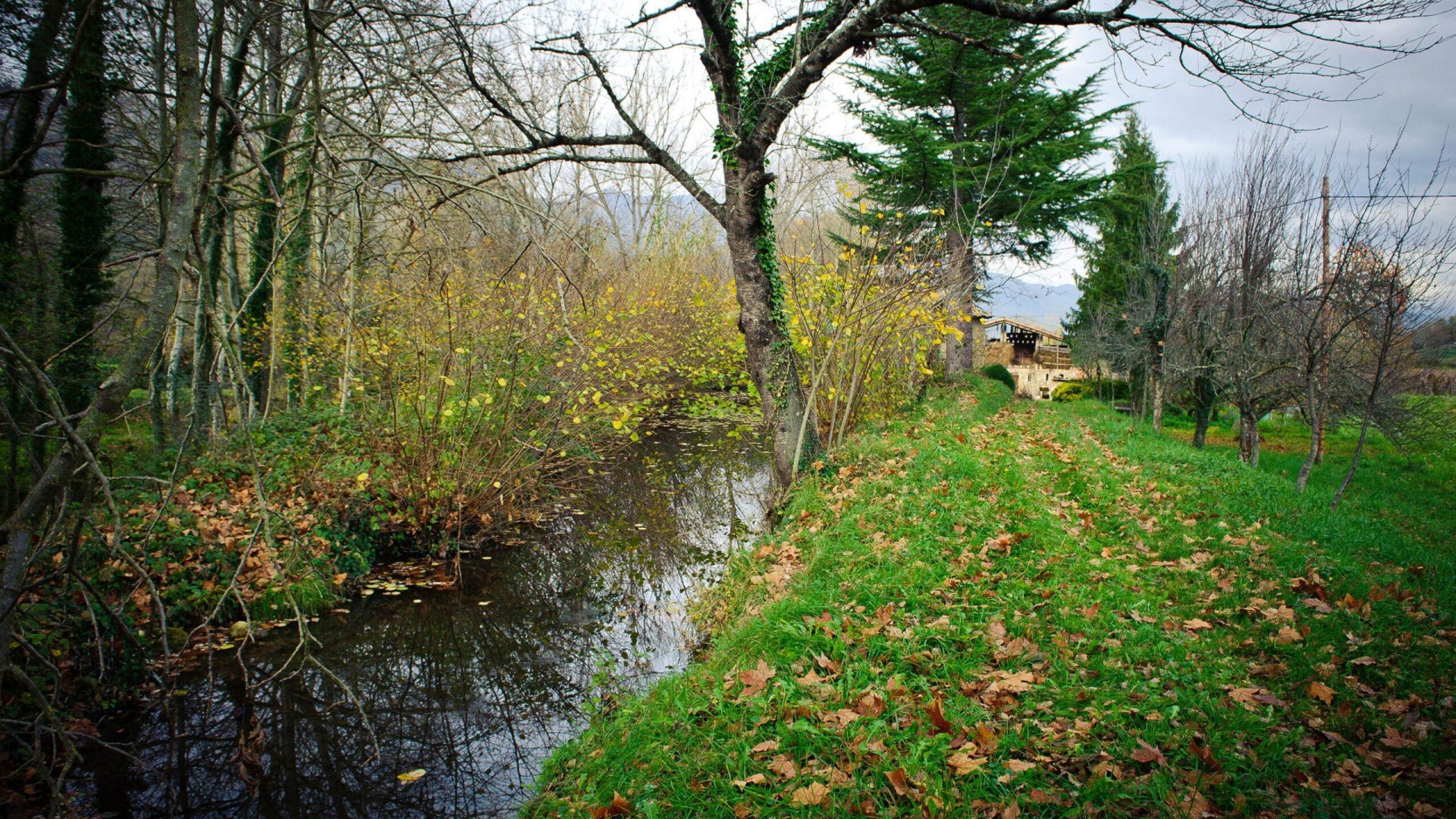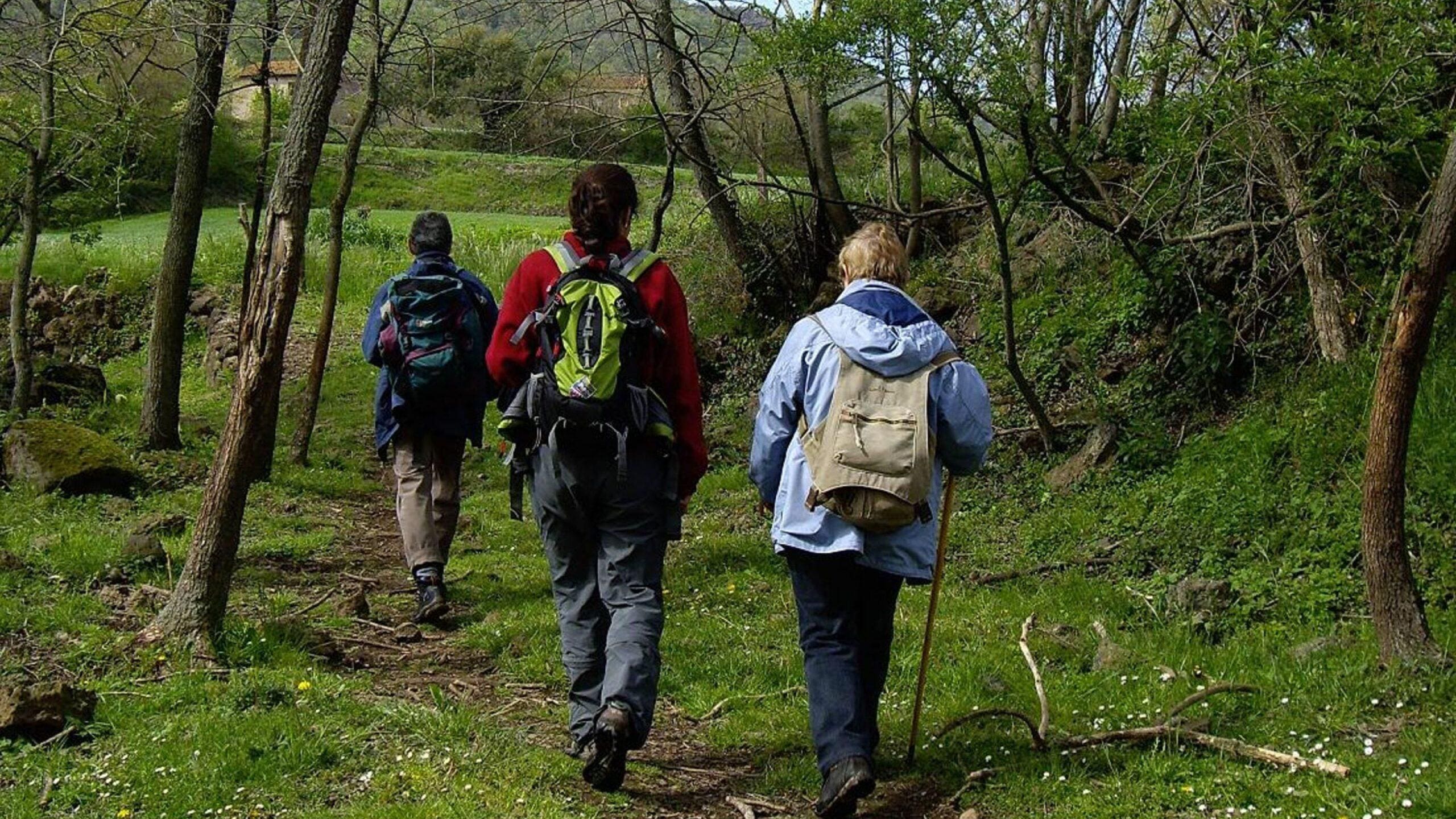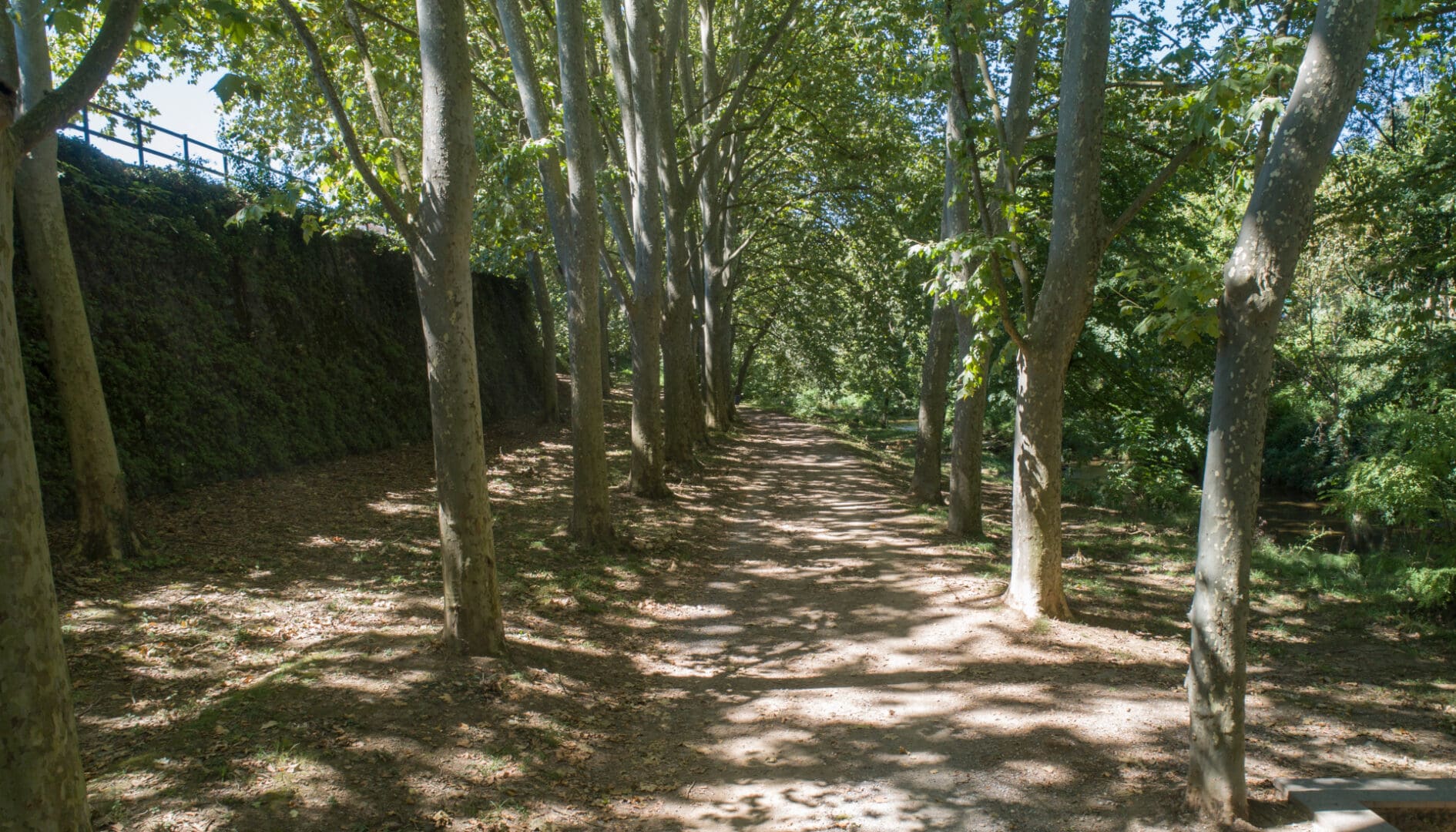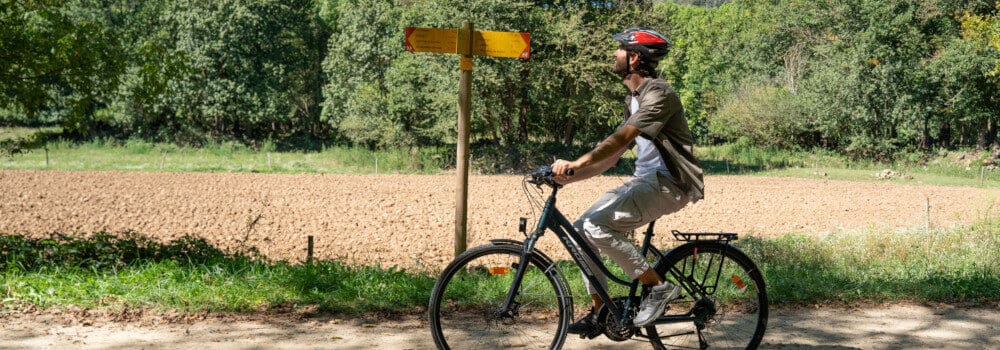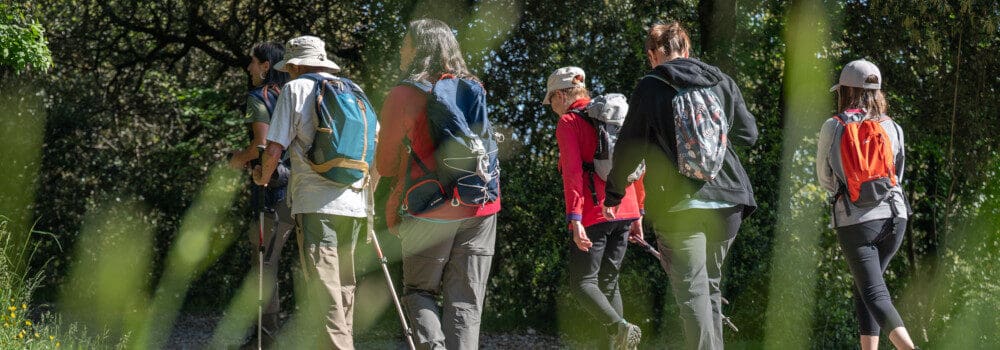The Old Town of Olot: A Walk Through History
You’ll agree with us that one of the best ways to visit a city is by strolling through its streets and squares like another local, where residents go about their daily lives, celebrate popular festivals, trade, and enjoy the spaces.
The old town of Olot is structured along an imaginary line that has extended through Major Street, the main axis of city life, for centuries, ending at one end on San Rafael Street and at the other on Carme Square. In the center, the historic Major Square, a symbol for the people of Olot, where the most popular events of the Festes del Tura, the city’s patron saint festival in September, are held.
The urban layout, unchanged since the city was rebuilt after the earthquakes it suffered in the 15th century, leads us through a network of adjacent alleys to the Church of Sant Esteve, which opens onto the Firal, an emblematic space in Olot. At the top, in the area of the Puig del Roser volcano, you’ll reach Espai Cràter, an interactive exhibition dedicated entirely to volcanoes that you must not miss.
Thus, as you flow through its streets, the city will display an array of buildings in different architectural styles: Renaissance (like the cloisters of Carme`s Church), Baroque (The Angel’s fountain, Can Trincheria House Museum), Neoclassical (Church of Sant Esteve), or Modernist (Solà Morales House). A complete journey through the history of art and the city that you can round off with a visit to the Museum of Saints or the Garrotxa Museum, also located in representative buildings in the city center.








